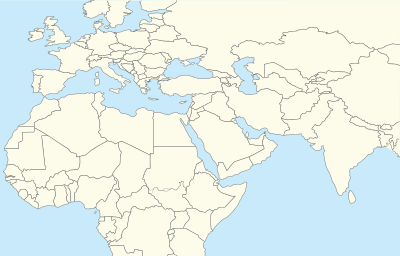Emireh culture
 | |
| Geographical range | Levant |
|---|---|
| Period | Upper Paleolithic |
| Dates | circa 30000 BCE |
| Preceded by | Mousterian |
| Followed by | Antelian |

| The Stone Age |
|---|
|
↑ before Homo (Pliocene) |
| ↓ Chalcolithic |
Emireh culture was a culture that existed in the Levant (Syria, Lebanon, Israel, Palestine) between the Middle Paleolithic and the Upper Paleolithic periods.
Emireh culture apparently developed from the local Mousterian without rupture, keeping numerous elements of the Levalloise-Mousterian, together with the locally typical Emireh point. The Emireh point is the type tool of stage one of the Upper Paleolithic, first identified in the Emirian or Emireh culture.[1] Numerous stone blade tools were used, including curved knives similar to those found in the Chatelperronian culture of Western Europe. Like the Chattelperronian, Elmireh is associated with late Neanderthal people rather than with Homo sapiens.
The Emirian eventually evolved into the Antelian culture, still of Levalloise tradition but with some Aurignacian influences.
According to Dorothy Garrod, the Emireh point, known from several sites in Israel, is the hallmark of this culture.[2]
References
- ↑ Lorraine Copeland; P. Wescombe (1965). Inventory of Stone-Age sites in Lebanon, p. 48 & Figure IV, 4, p. 150. Imprimerie Catholique. Retrieved 21 July 2011.
- ↑ Archaeology in Cultural Systems, Sally R. Binford, Lewish Roberts Binford
Further reading
- M. H. Alimen and M. J. Steve, Historia Universal siglo XXI. Prehistoria. Siglo XXI Editores, 1970 (reviewed and corrected in 1994) (original German edition, 1966, titled Vorgeschichte). ISBN 84-323-0034-9